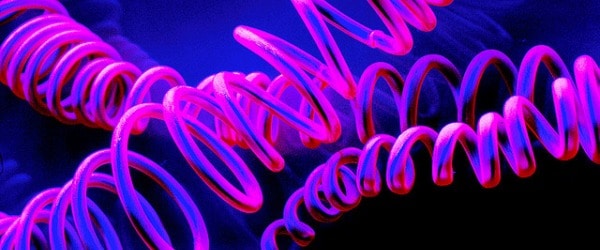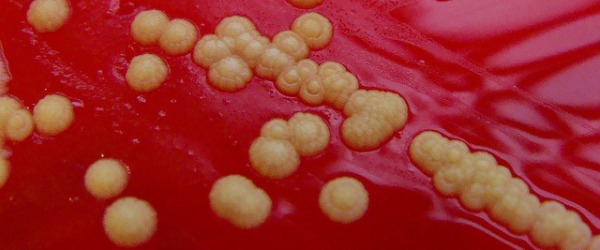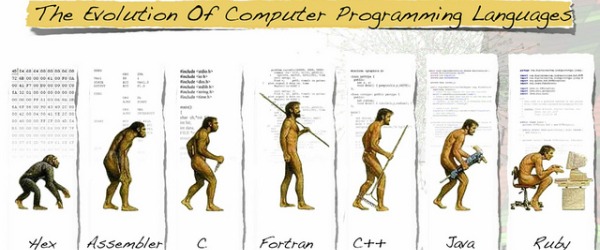A Quick Tour Around Probe-based Multiplexing qPCR
PCR has become the tool of choice for molecular diagnostics and is now a staple platform in any laboratory setting. The versatility of this method has led to a myriad of spin-off techniques, including probe-based quantitative PCR (qPCR). This method effectively combines PCR amplification and detection into a single step to measure the specific amount…
























